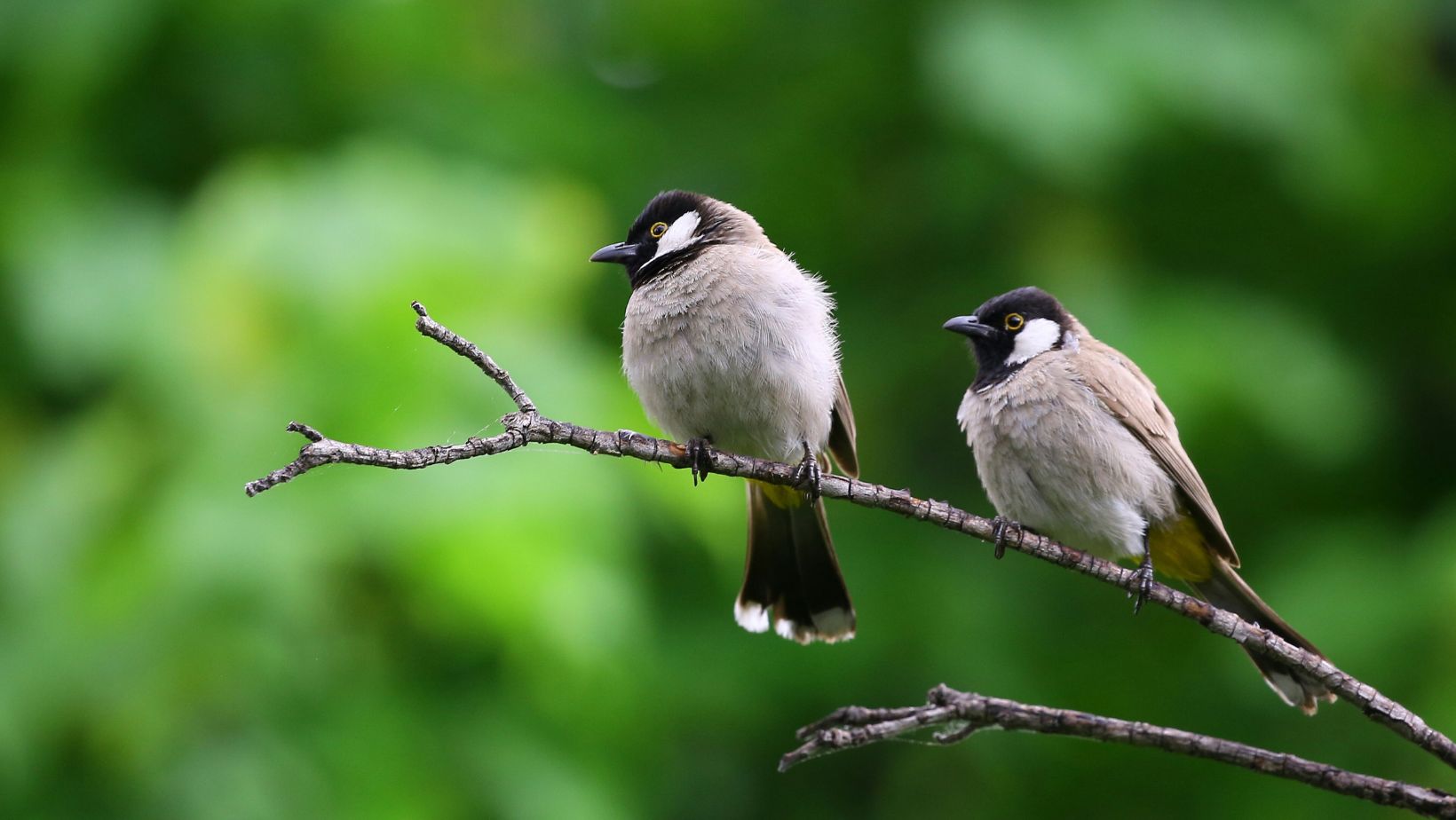If you Watch a Flock of Birds Flying Overhead
Have you ever found yourself captivated by the sight of a flock of birds gracefully soaring through the sky? It’s a mesmerizing sight that never fails to evoke a sense of wonder and awe. As I watch these birds in flight, I can’t help but marvel at their synchronized movements and the seamless way they navigate through the air. It’s as if they are dancing to an invisible rhythm, effortlessly gliding through the currents. In this article, I’ll explore the fascinating world of bird flocking behavior and uncover the secrets behind their mesmerizing aerial displays.
When you watch a flock of birds flying overhead, it’s hard not to be amazed by their collective intelligence and coordination. How do they manage to fly in such perfect harmony, without colliding into one another? It’s a question that has puzzled scientists and bird enthusiasts alike for centuries. In this article, I’ll delve into the intricate dynamics of bird flocking, shedding light on the mesmerizing patterns and formations they create in the sky. Join me as we unravel the mysteries of bird flocking and gain a deeper appreciation for the beauty and complexity of nature’s aerial acrobats.
Exploring Bird Flocking Behavior
As I watch a flock of birds flying overhead, I am captivated by their mesmerizing behavior. The synchronized movements, the intricate patterns, and the sheer beauty of their aerial displays never fail to amaze me. But what exactly drives these birds to flock together in such a coordinated manner?
Bird flocking is a fascinating phenomenon that has intrigued scientists for decades. It is a testament to the collective intelligence and coordination of these creatures. While each bird is an individual, they have the remarkable ability to act as a cohesive unit when flying in a flock.
One of the main reasons behind bird flocking is safety in numbers. When birds fly together, they create a more formidable presence in the sky, making it harder for predators to single out an individual. This reduces the risk of predation and increases their chances of survival.
But there is more to bird flocking than just safety. It is also a way for birds to optimize their foraging efficiency. By flying together, they can locate food sources more easily and share information about the availability and location of food. This cooperative behavior allows them to maximize their chances of finding enough food to sustain themselves.
The Complexity of Flying in Harmony
Birds have long fascinated humans with their incredible ability to fly. But what is even more awe-inspiring is when a flock of birds takes to the sky in a synchronized dance of flight. If you watch a flock of birds flying overhead, you can’t help but be mesmerized by their coordinated movements and graceful aerial displays.
The complexity of flying in harmony is a testament to the collective intelligence of birds. It requires constant coordination and communication among the members of the flock. Each bird must be aware of its position in relation to the other birds and adjust its flight trajectory accordingly. This level of precision is achieved through a combination of visual cues, vocalizations, and subtle changes in wing movements.
Scientists have been studying the intricate dynamics of bird flocking for decades, and technological advancements have allowed for even deeper insights into their behavior. GPS tracking and computer simulations have revealed fascinating findings about the optimal spacing and energy efficiency within a flock.
One of the key factors that enable birds to fly in perfect harmony is safety in numbers. Flying in a flock provides protection against predators as there are more eyes to spot potential threats. By sticking together, birds increase their chances of survival.

Unraveling the Patterns and Formations
When you watch a flock of birds flying overhead, it’s impossible not to be captivated by the intricate patterns and formations they create. These mesmerizing displays seem to defy logic, as if the birds are magically coordinating their movements in perfect synchronization. As an avid observer of bird behavior, I have delved deep into the fascinating world of flocking patterns to understand the underlying mechanisms.
One of the most remarkable aspects of bird flocking is the ability of hundreds, or even thousands, of individuals to move as one cohesive unit. Research has shown that birds achieve this by following a set of simple rules. Each bird aims to fly at an average position relative to its neighbors, aligns its direction of flight with nearby birds, and avoids getting too close to its neighbors. By adhering to these rules, birds are able to maintain optimal spacing and avoid collisions.
These patterns and formations not only create a visually stunning display, but they also serve important purposes for the birds themselves. Flocking provides protection against predators. Predators find it difficult to single out a target in a tightly-packed flock, and the constant motion and changing shapes confuse and deter potential threats. Additionally, being part of a flock allows birds to share information about food sources, enhancing their foraging efficiency.
